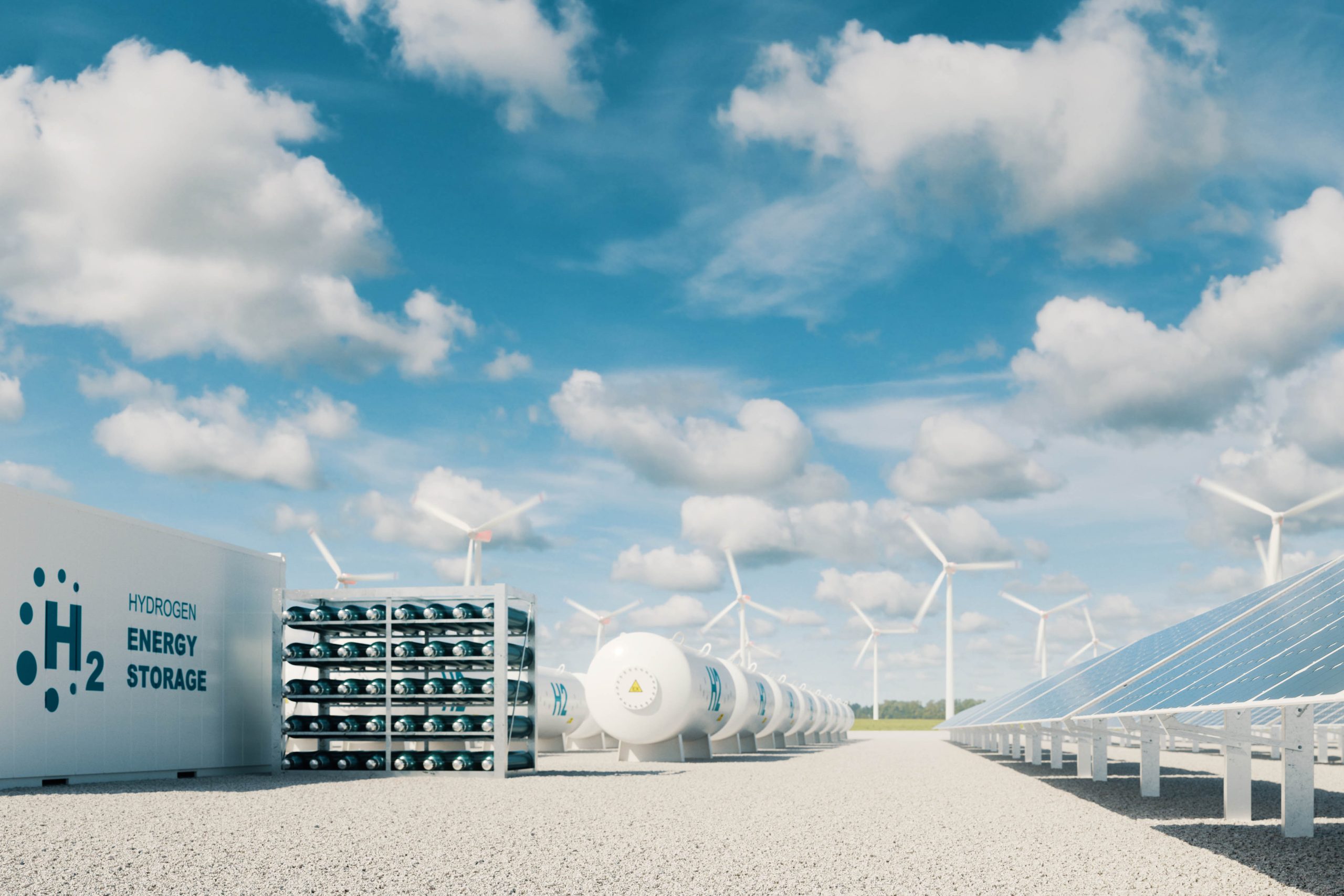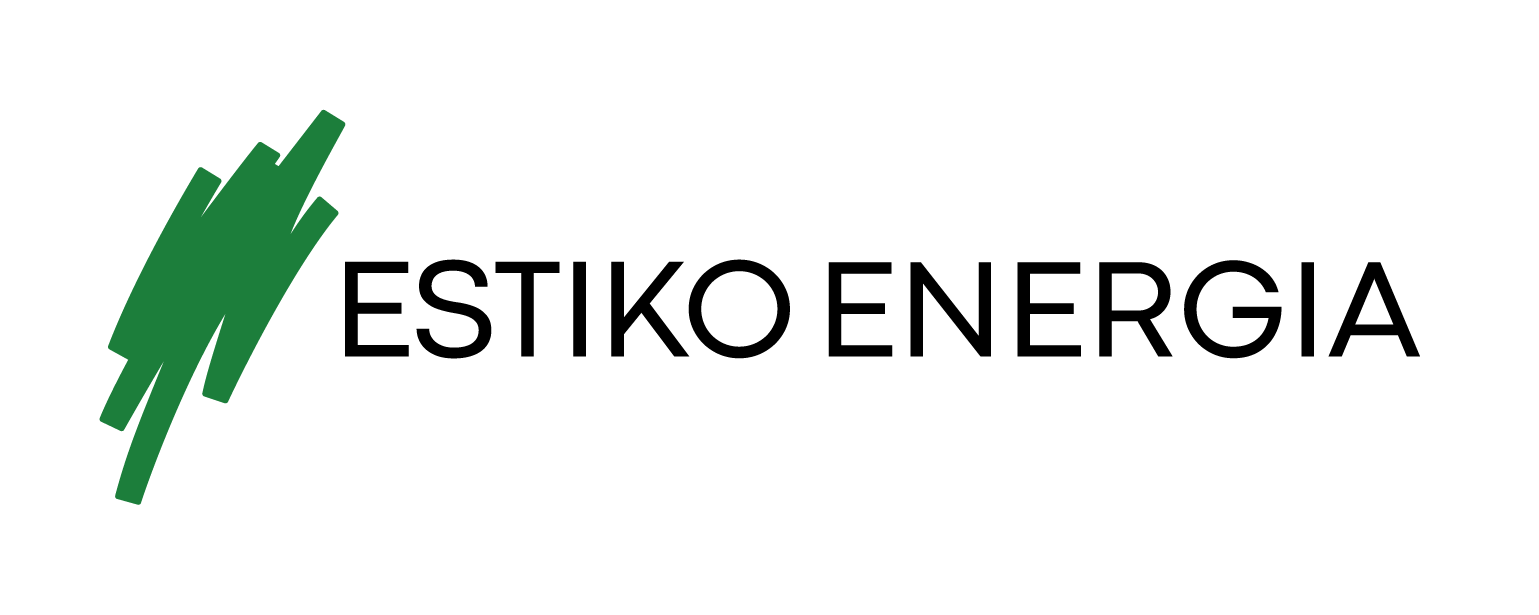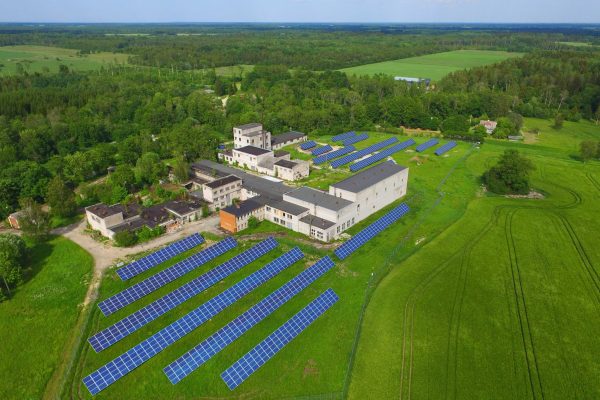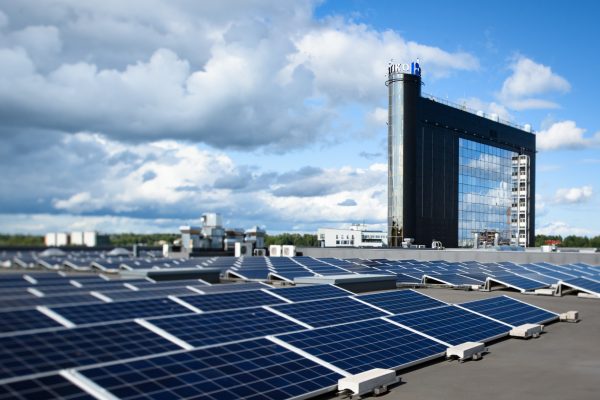Development of the largest Nordic-Baltic region solar park in Raadi
In 2022, Estiko Energia will start constructing the largest solar park in the Nordic and Baltic countries. The forthcoming solar park in Raadi, Tartu, will cover 106 hectares and will be able to supply green electricity to approximately half of the households in the City of Tartu.
100 MWp total capacity
106 ha of solar park area
95 GWh expected electricity generation
2025 is the expected start of production
110 kV network connection
77,800 tonnes less CO2 emissions in the atmosphere
H2 – part of the IPCEI hydrogen project
Solar parks across Estonia
Estiko Energia OÜ has constructed 13 solar parks with a total capacity of 2.3W across Estonia. The electricity generated by the solar parks is distributed to end-users, the power network and, via a direct line, to the companies of Estiko Group. Thanks to the solar parks, we have managed to reduce the CO2 emissions of Estonia by 2,500 tonnes, which is approximately equal to the annual amount of CO2 emitted by the public transport of Tartu.
13 solar parks across Estonia
2,500 tonnes less CO2 emissions in the atmosphere
2.3 MW total capacity
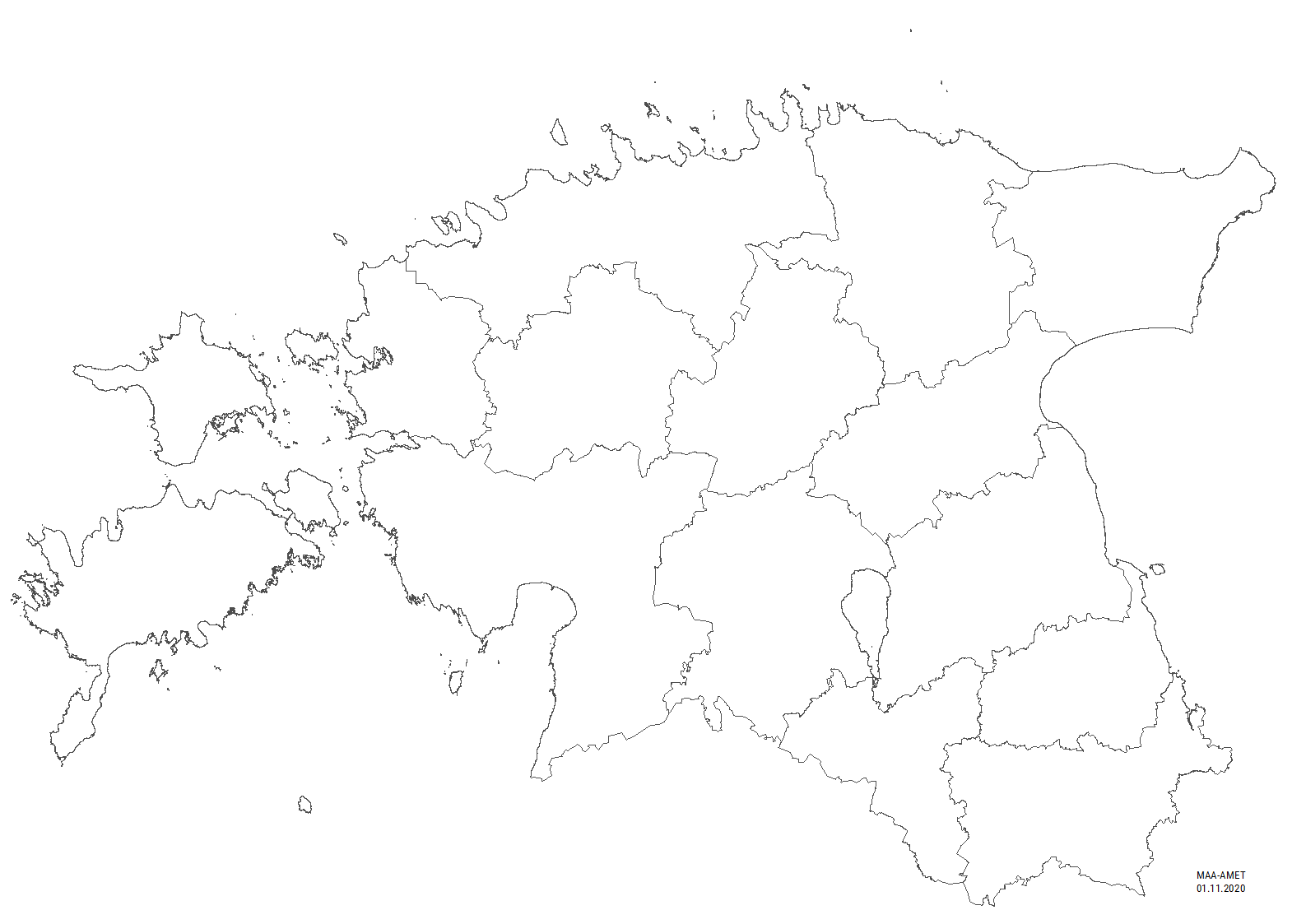
Future projects
